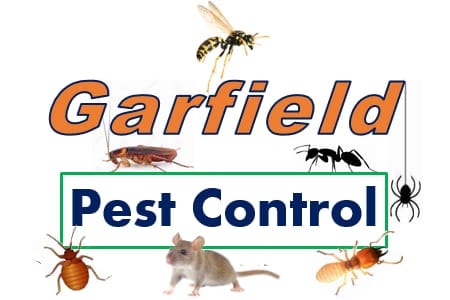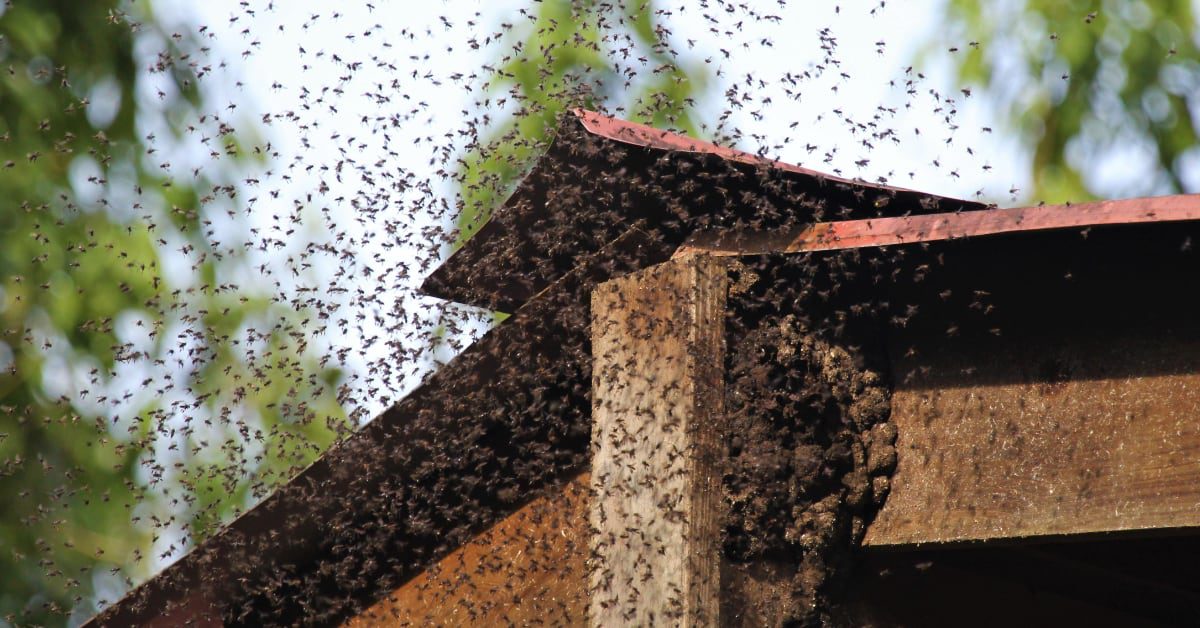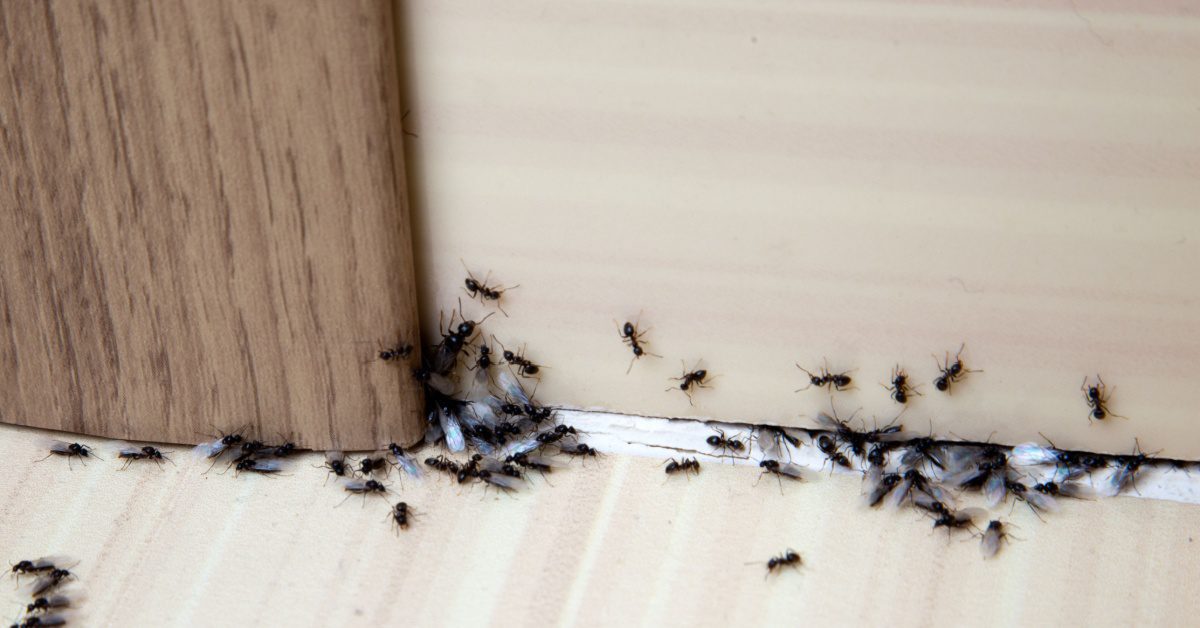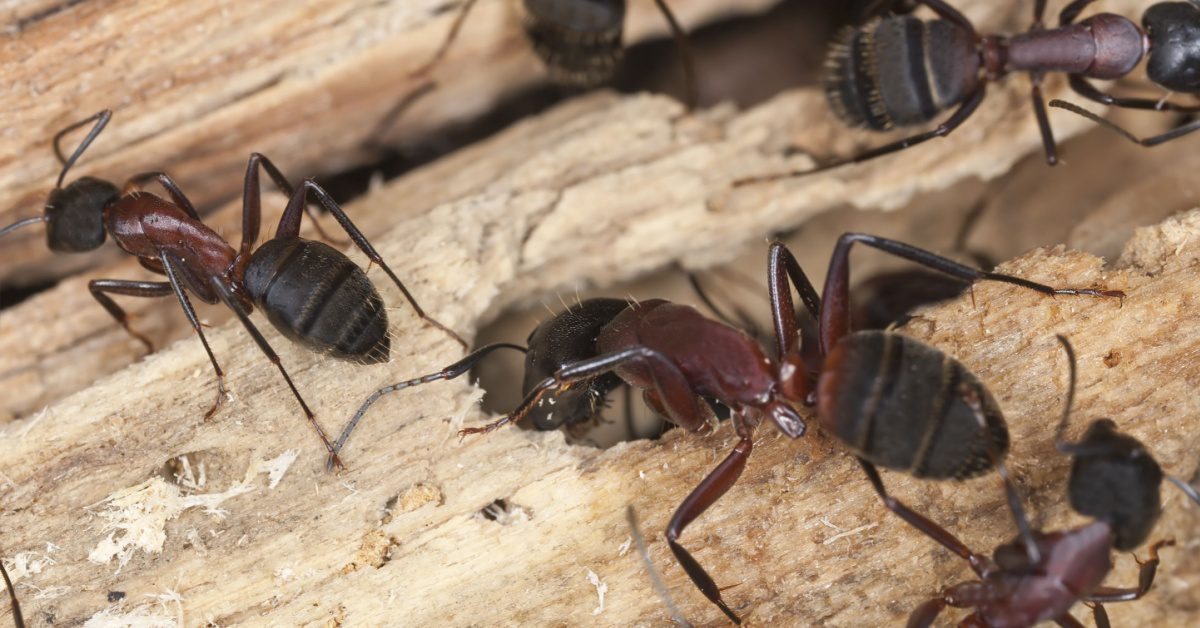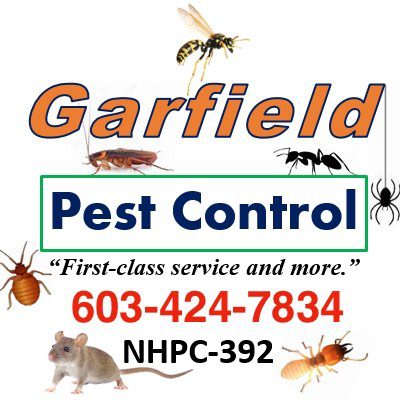Stink Bugs 101: What To Know
Stink bugs, scientifically known as Pentatomidae, are a fascinating group of insects that have garnered attention for their distinctive appearance, behavior, and unpleasant odor. These insects are divided into two primary categories: herbivorous stink bugs and predatory stink bugs.
In this exploration, we’ll delve into these two categories, accentuating the Brown Marmorated Stink Bug as the most common, followed by a brief introduction to other common types like the Green, Brown, Red-shouldered, Spined, Rough, and Kudzu stink bugs.
Herbivorous Stink Bugs
Herbivorous stink bugs are perhaps the more notorious of the two categories, primarily due to their agricultural significance. These insects feed on a wide variety of plants, causing damage to crops and gardens. One of the most notorious members of this group is the Brown Marmorated Stink Bug (Halyomorpha halys).
Brown Marmorated Stink Bug (Halyomorpha halys)
The Brown Marmorated Stink Bug is a native of Asia but has become a formidable invader in many parts of North America and Europe. This invasive species is infamous for its damage to fruits, vegetables, and ornamental plants. Its name is derived from the brownish, marbled appearance of its exoskeleton.
Brown Marmorated Stink Bugs are pests using their needle-like mouthparts to pierce plant tissues and suck out the juices. This feeding behavior causes characteristic stippling, distortion, and necrosis in affected crops, making them unsuitable for consumption or sale. The economic impact of this pest has been significant, with millions of dollars in crop losses reported each year.
Other Common Herbivorous Stink Bugs
While the Brown Marmorated Stink Bug is the most notorious herbivorous stink bug, several other species threaten agriculture. These include:
- Green Stink Bug (Chinavia hilaris): Recognizable by its bright green coloration, this stink bug is found in North America and is known to damage many crops, including cotton, soybeans, and fruits and vegetables.
- Brown Stink Bug (Euschistus spp.): Several species fall under the “brown stink bug” category, which is prevalent in North America. They feed on crops such as soybeans, cotton, and corn.
- Red-shouldered Stink Bug (Thyanta spp.): These stink bugs are commonly found in the southern United States and are known for their distinct red shoulders. They feed on crops like tomatoes, beans, and various fruit trees.
- Spined Stink Bug (Brochymena spp.): These are smaller and often have spiky projections on their shoulders. They are found throughout North America and feed on various plants, including ornamental species.
- Rough Stink Bug (Brochymena spp.): Named for its rough, textured appearance, these stink bugs are widespread in North America and can damage various crops and garden plants.
- Kudzu Stink Bug (Megacopta cribraria): Native to Asia, this type has become invasive in the southeastern United States. They feed on leguminous plants like kudzu and soybeans.
Predatory Stink Bugs
In contrast to their herbivorous counterparts, predatory stink bugs benefit ecosystems by preying on other insects, including crop-damaging pests. These stink bugs are often considered valuable allies in natural pest control.
Common Predatory Stink Bugs
- Spined Soldier Bug (Podisus spp.): These are known for their distinctive spines and voracious appetite for various insect pests, including caterpillars and aphids.
- Minute Pirate Bug (Orius spp.): These tiny bugs are effective predators of thrips, mites, and other small insect pests. They are often used in integrated pest management programs.
- Assassin Bugs (Reduviidae family): While not all assassin bugs are stink bugs, some species within this family are skilled predators. They use their sharp mouthparts to pierce and feed on various insects, including aphids, caterpillars, and beetles.
- Damsel Bug (Nabidae family): Damsel bugs are agile predators that feed on small insects like aphids and caterpillars. They are often found in gardens and agricultural fields.
Why Do Stink Bugs Come Indoors?
Stink bugs often make their way indoors during the colder months, seeking shelter from the harsh weather conditions. As temperatures drop in the fall, these insects sense the approaching winter and instinctively search for warm, protected environments to hibernate. Homes and buildings provide an ideal refuge, offering the necessary warmth and insulation stink bugs need to survive the winter.
Unfortunately, their presence indoors can be a nuisance to homeowners and business owners, as the insects emit their characteristic foul odor when disturbed or threatened.
Are Stink Bugs Dangerous?
Stink bugs, while not considered dangerous to humans, can be a nuisance and pose certain agricultural risks. They do not bite, sting, or transmit diseases, so they are generally harmless regarding direct harm to people. However, their distinctive odor, released as a defense mechanism when they feel threatened or are crushed, can be unpleasant and bothersome.
The primary concern lies in their herbivorous behavior, as some species can cause significant damage to crops and gardens. For example, the Brown Marmorated Stink Bug is notorious for its destructive impact on various agricultural products, leading to economic losses for farmers. In summary, while stink bugs are not dangerous to humans, they can be a nuisance and a threat to agriculture.
How To Prevent a Stink Bug Infestation?
Preventing a stink bug infestation can save homeowners a lot of frustration and discomfort. To prevent these pests from invading your home, seal any potential entry points. Inspect doors, windows, and cracks in the walls, and use weatherstripping, caulk, or screens to close off these openings. It’s also essential to ensure your home’s exterior is well-maintained, as stink bugs are attracted to overgrown vegetation.
Trim shrubs and trees near your house, keeping a buffer zone to discourage them from congregating nearby. Installing tight-fitting screens on vents and chimneys can also be beneficial. Finally, be cautious when using outdoor lighting, as bright lights can attract stink bugs; consider switching to less attractive yellow or sodium vapor bulbs.
Implementing these preventive measures can significantly reduce the risk of a stink bug infestation in your home.
How To Get Rid of Stink Bugs
When dealing with an infestation, it’s often best to seek professional assistance to ensure effective and safe removal. Garfield Pest Control in New Hampshire offers expert pest management services, including the comprehensive removal of stink bugs.
The experienced technicians have the knowledge and tools to address the problem efficiently and prevent future infestations, employing environmentally friendly and responsible methods to minimize the impact on your home, business and the surrounding environment.
By contacting Garfield Pest Control, you can trust their expertise to eliminate all bugs and provide peace of mind, knowing your home and business are pest-free.
